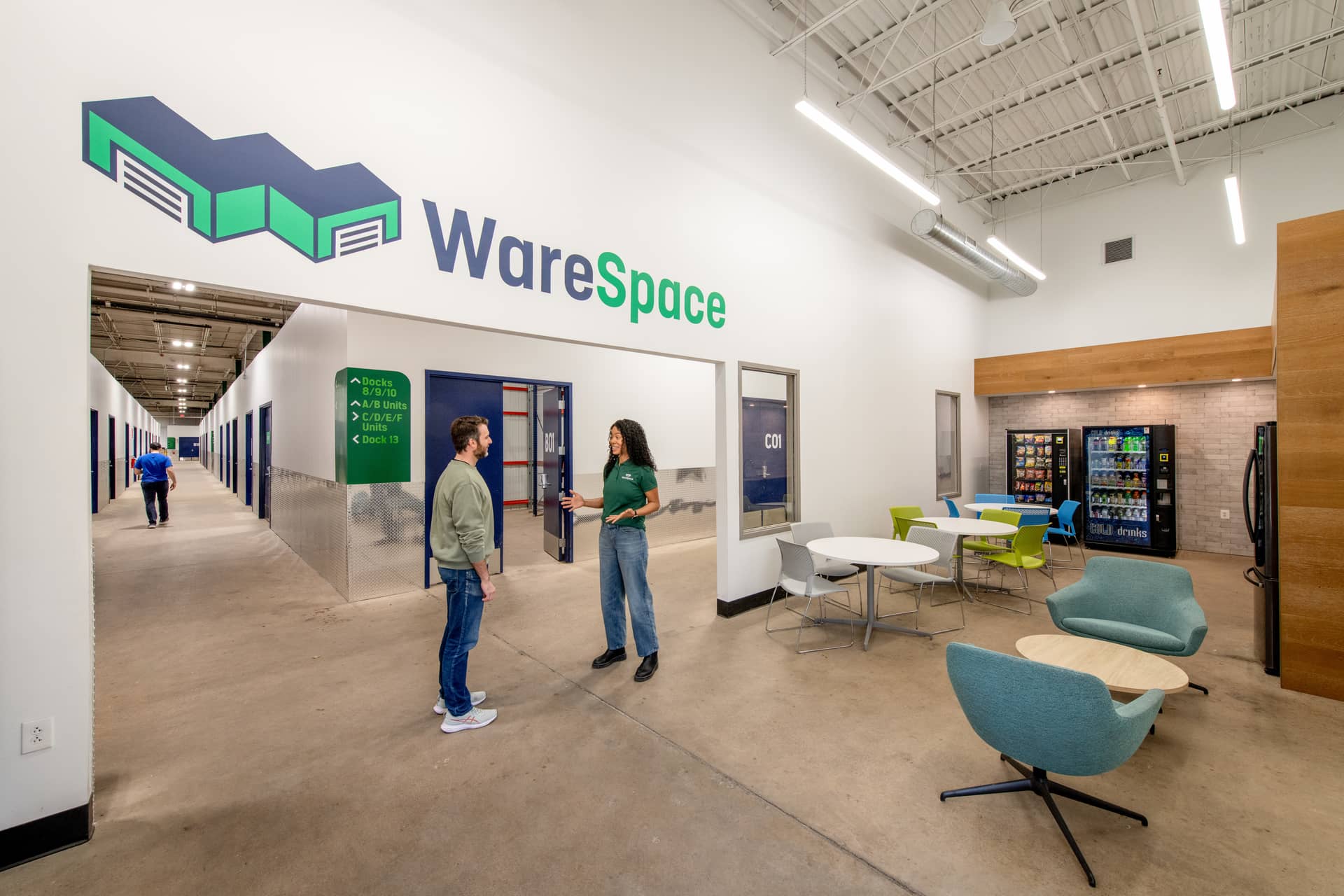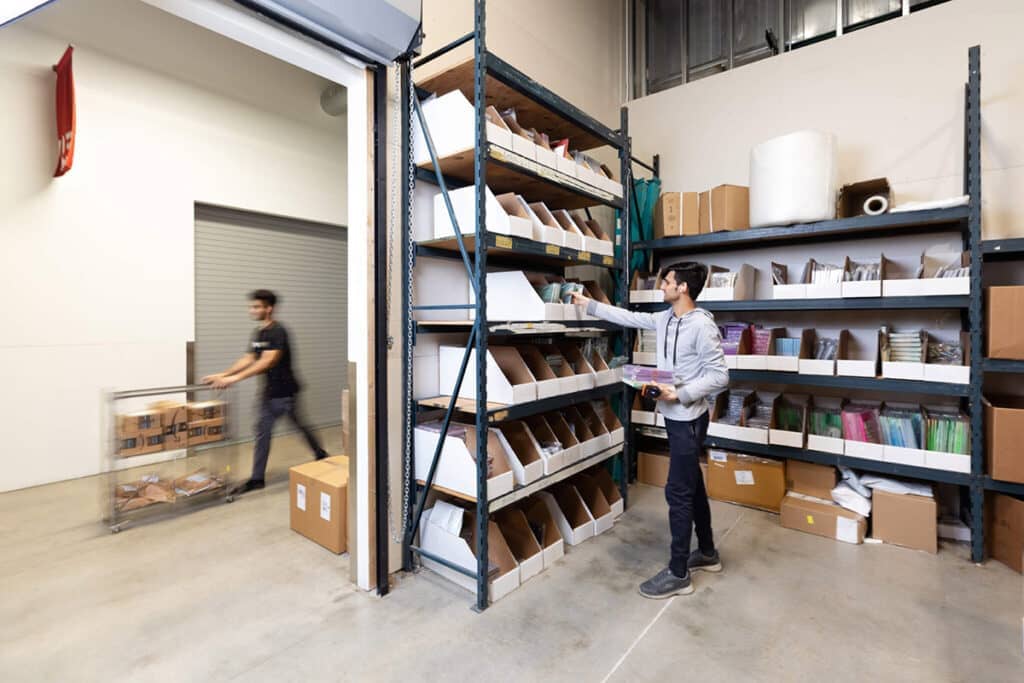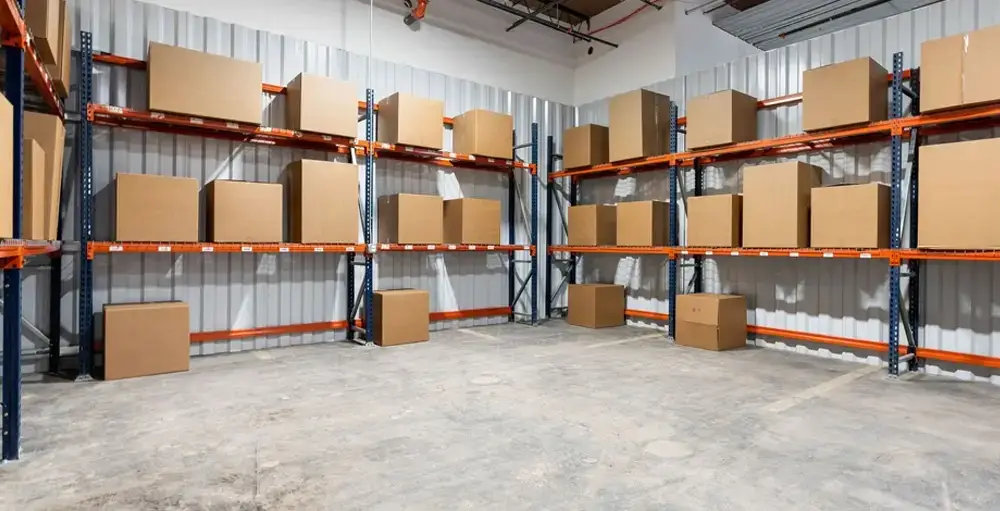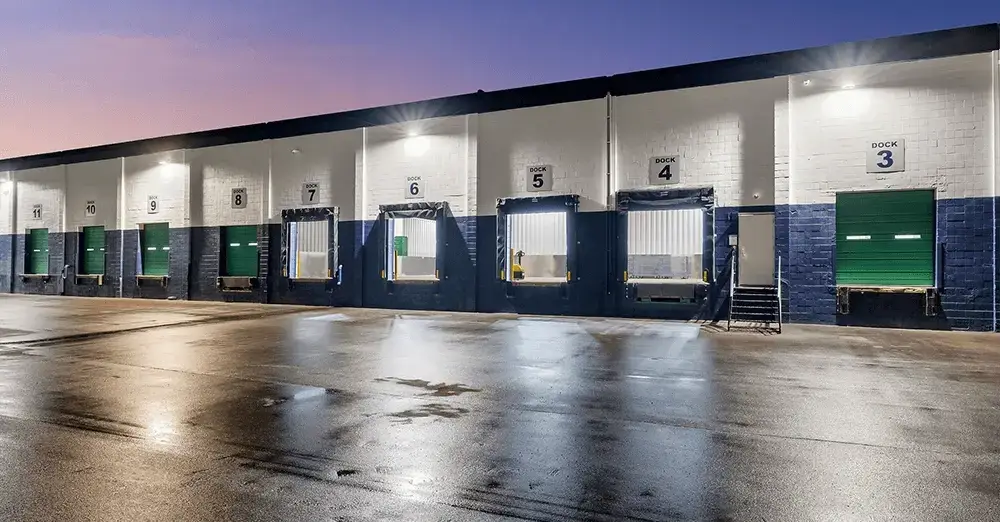Growing an ecommerce business in an increasingly competitive market is no small task. The right approach to achieve long-term growth involves building a strong operational foundation, optimizing customer journeys, and leveraging tools like CRM systems and data analytics softwares. Through understanding and implementing these elements, scaling your e-commerce brand to new levels can become a lucrative reality.
In this post, we will cover:
- The key elements to e-commerce growth.
- Developing and building a strong e-commerce foundation.
- Utilizing data for continuous improvement
- Preparing for expansion opportunities.
Understanding the Basics of E-Commerce Growth
True e-commerce growth goes beyond just sales. It focuses on expanding your customer base, increasing repeat sales, and scaling operations sustainably. For small to medium-sized businesses, it’s about strengthening your market presence and building a brand that can adapt to evolving consumer trends.
Small and medium e-commerce companies have a unique edge: agility. By using data-backed strategies to optimize their online presence, smaller brands can respond faster to customer needs and industry trends. This is critical in an industry where bigger players often dominate. Focusing on growth through targeted strategies can help establish a competitive advantage, leading to increased brand loyalty and higher customer retention rates.
Building a Strong E-Commerce Foundation
Setting up your e-commerce business for sustained success starts with building a strong foundation. Choosing a scalable platform that will support your brand as it grows is essential. Platforms like Shopify, WooCommerce, and BigCommerce provide e-commerce-specific tools to streamline store operations. WooCommerce offers more flexibility for brands looking for highly customizable options, whilst Shopify offers ease-of-use and strong customer support for less technically-complex brands. The platform you choose should align with your brand’s size, budget, and future growth potential.
With over half of online shopping happening on mobile, your website’s mobile-friendliness can directly impact sales and conversions. Ensuring a fast, responsive mobile site keeps users engaged and helps maintain a strong search ranking, as Google prioritizes mobile-friendly sites.
Without data, identifying areas for growth and comparing key indicators against targets becomes near impossible. Track essential metrics like traffic sources, bounce rates, and conversion rates to pinpoint growth opportunities, through platforms such as Google Analytics. Tracking these helps you identify what’s working, what isn’t, and where to adjust. Data integration enables businesses to streamline insights from multiple sources, track key metrics, and make informed decisions based on accurate, real-time data.
Developing an Effective Product Strategy
Finding the right niche can set your business apart in a saturated market. Research potential product ideas by analyzing trends, customer feedback, and competitor offerings. By specializing in a niche, you can appeal to a focused audience who are likely to convert, fostering long-term growth and loyalty.
Once you establish a successful niche, consider expanding your product line to increase revenue. Start by adding products that complement your core offerings or by bundling items to boost average order value. This approach can increase customer retention as buyers find more reasons to return.
Pricing is a crucial factor in conversion rates. Research your competitors and industry benchmarks to ensure your pricing aligns with customer expectations without compromising profitability. Many e-commerce businesses test different pricing strategies and monitor results to maximize their market appeal.
Leveraging Digital Marketing to Drive Traffic
The most unique website and valuable product offerings are redundant without the ability to drive potential customers to where they can buy. Effective SEO strategies make your products visible to your target audience. Begin with keyword research, focusing on terms relevant to your niche. High-quality content, optimized product descriptions, and strategic use of backlinks are all essential components of a strong SEO foundation.
Social media offers a unique opportunity to connect directly with your audience, share product updates, and showcase your brand’s personality. For instance, by creating engaging posts on Instagram or running targeted ads on Facebook, you can reach your ideal customers more efficiently and increase brand awareness.
Paid advertising, from Google Ads to social media promotions, can amplify your reach. Start small with a strong content strategy, measure the return on investment, and adjust your campaigns based on performance. Consider retargeting ads to capture visitors who have previously interacted with your site but didn’t complete a purchase.
Converting Visitors into Loyal Customers
A smooth, intuitive website experience encourages visitors to stay and shop. Simplify your navigation, offer multiple payment options, and ensure fast page loads. With Warespace’s warehousing and fulfillment solutions, you can deliver a reliable end-to-end experience that meets your customers’ expectations.
Social proof builds trust. Display customer reviews prominently on product pages to reassure potential buyers. Encourage satisfied customers to leave reviews and share their experiences, which can boost credibility and influence new visitors to make a purchase.
Email marketing remains one of the best tools for customer retention. Segment your email list based on purchase behavior, sending tailored offers or reminders to customers who haven’t returned in a while. By offering exclusive discounts or sharing product updates, you can maintain brand engagement and encourage repeat purchases.
Scaling with Customer Relationship Management (CRM)
Customer Relationship Management (CRM) systems allow e-commerce businesses to streamline communications, track customer interactions, and personalize outreach. For small and growing e-commerce companies, a CRM system can be a powerful asset in managing customer data and enhancing relationships.
Look for CRM systems that integrate with your e-commerce platform and are user-friendly. Options like HubSpot or Salesforce offer features for contact management, lead tracking, and marketing automation. A good CRM system can help you better understand customer preferences and refine your communication strategies.
Personalized messaging, from birthday discounts to product recommendations based on past purchases, can significantly improve customer engagement. CRM tools allow you to create customized touchpoints, fostering loyalty and encouraging long-term growth.
Utilizing Data to Drive Continuous Improvement
Tracking KPIs, such as customer acquisition cost, average order value, and customer lifetime value, provides valuable insights into business performance. By regularly evaluating these metrics, you can identify growth opportunities and make data-driven decisions that enhance profitability.
Understanding customer behavior is essential for optimizing the shopping journey. Tools like heat maps and session recordings reveal how customers interact with your site, allowing you to address dropoff points and improve the overall user experience.
Continuous improvement is crucial to sustained growth. Periodically revisit and refine your strategies to keep up with trends and customer preferences. Small adjustments in your marketing, product selection, or pricing can lead to significant growth over time. Create iterations of previously successful content or marketing approaches and test them to build on past success.
Preparing for Expansion Opportunities
Diversifying into new sales channels is a strategic way to grow your e-commerce business. By listing products on marketplaces like Amazon and eBay, or even exploring social commerce options on platforms like Instagram and Facebook, you can increase visibility and reach new potential customers.
Expanding into international markets is another significant step for e-commerce growth, but requires a solid logistics setup. Warespace can support this expansion by providing strategically located warehouse spaces and flexible storage options that make it easier to reach customers worldwide. With the ability to store your products closer to international customers, you can reduce shipping times and costs, providing a more competitive, localized experience.




















 ►
Explore 3D Space
►
Explore 3D Space